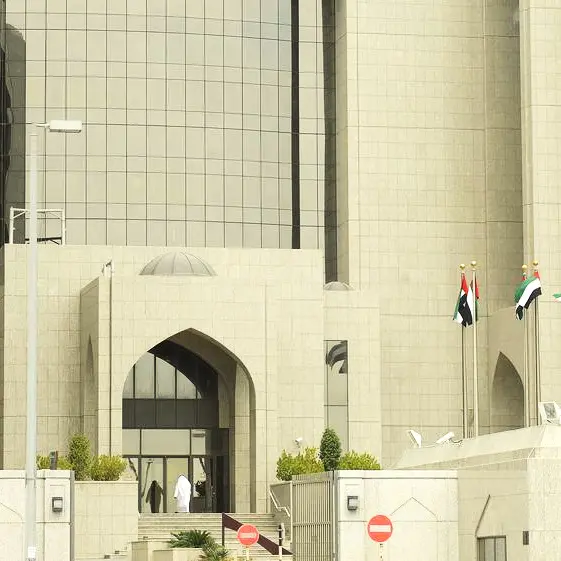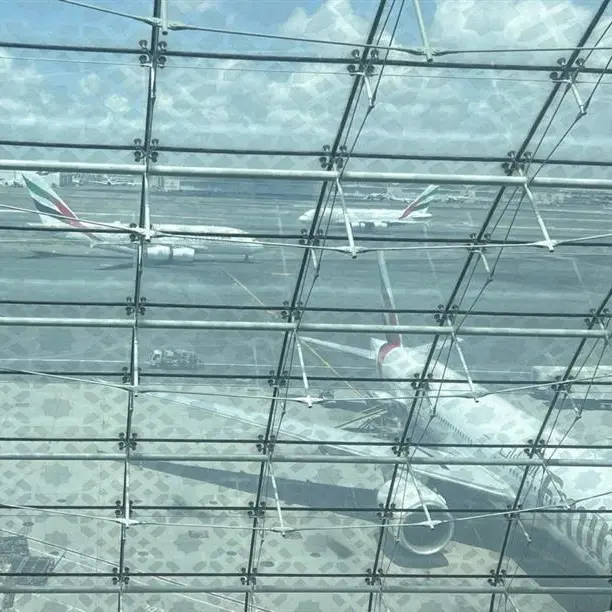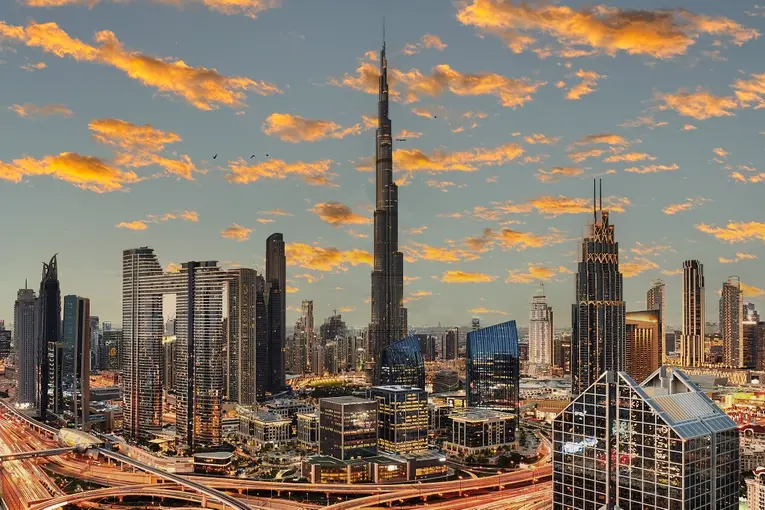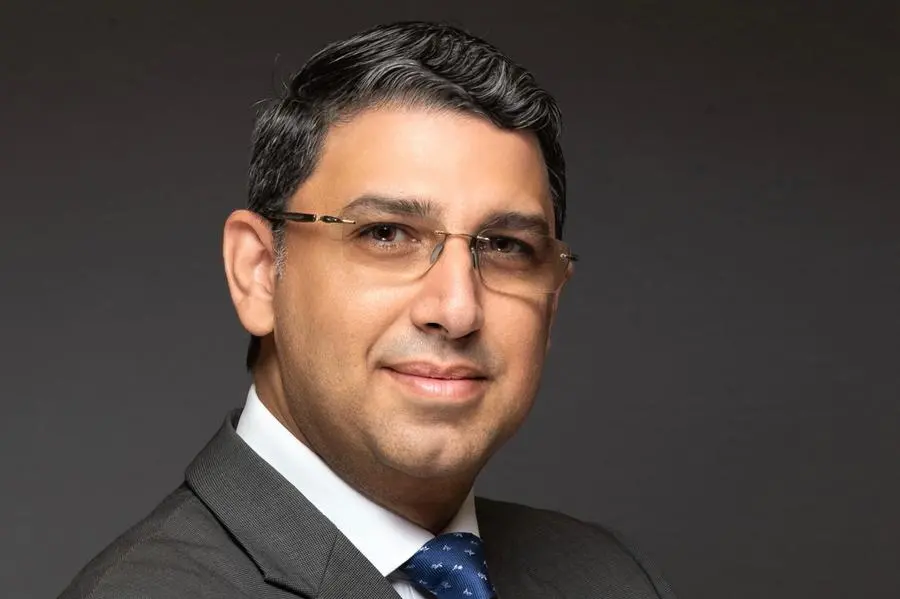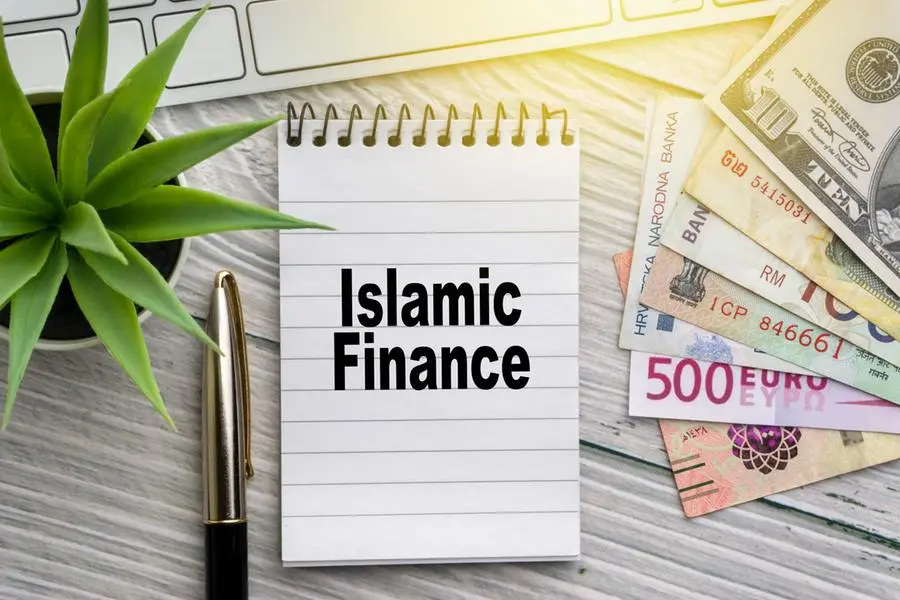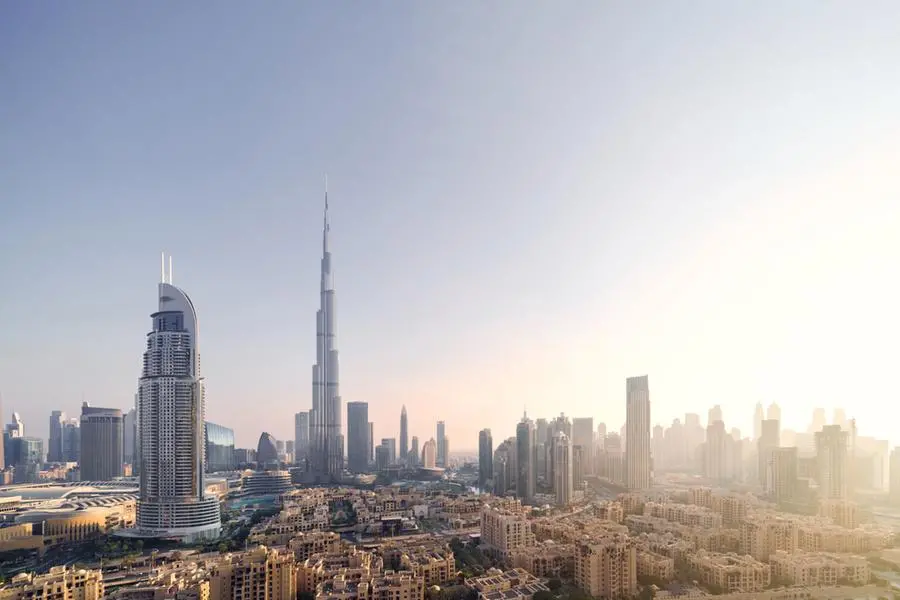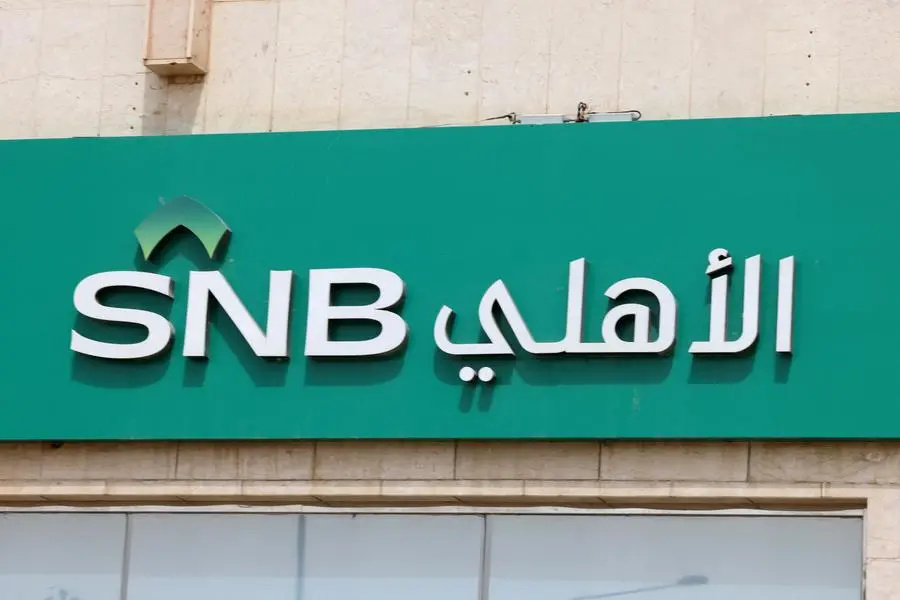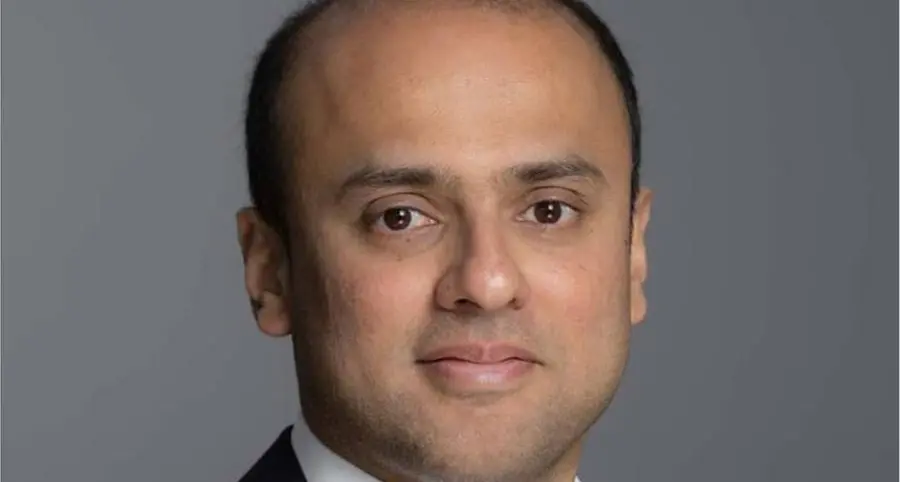The turban or the hat? This is the question that Iran's leaders face as they prepare for presidential elections next spring. The question is not fanciful.
The turban represents the Shiite clergy that, ever since its creation in Iran almost five centuries ago, has had an ambivalent attitude towards political power. The hat is the symbol of Iran's westernised elites that started securing a power base in the middle of the 19th century and ended up dominating the government from the first decade of the 20th century until the clerics seized power in 1979.
During the 1978-79 revolution the people of the hat, known as the "mukalla", co-operated with the people of the turban, known as the "muam'am", to drive out the Shah. The alliance worked for a while as the people of the turban allowed the people of the hat to fill major positions of power, including those of the president of the Islamic republic and the premiership. The people of the turban stayed in the shadows or were assigned middling positions in government. Gradually, they realised that running a government was no big deal. Within a year the people of the turban, who had tasted power and liked it, decided to cancel the arrangement and monopolise the big jobs.
Top posts
For years the people of the turban have held top positions such as president of the republic, chief justice, minister of security and intelligence, minister of the interior, speaker of the Islamic Majlis (Parliament), minister of justice, and minister of culture and guidance. They control key institutions such as the Council of the Guardians of the Revolution, the Discernment Council, the Assembly of Experts, the High Council of National Defence, and many others. In the provinces they act as a counter-force to hat-wearing governors. Last but not least, the position of the "Supreme Guide" or Faqih Al Wali (the Theologian Jurisconsult) is reserved for a turbaned head, although, theoretically at least, a hat-wearer could also fill it. So, why is the turban-or-hat debate revived at this point? There are three reasons.
The first is that the ruling mullahs hate being called "mullahs", a term that reminds the rest of the world of the Taliban. Iran's ruling mullahs prefer to be seen as Third World revolutionaries, fighting imperialism, and many within the ruling establishment believe that it is time to allow a hat-wearer to act as president of the republic, thus helping change the image of the regime. In any case, under the Iranian constitution, the president of the republic holds little real power, and could be dismissed by the "Supreme Guide" who is the real head of state with powers that no other ruler has anywhere in the world.
The second reason is that many Shiite clerics are concerned about the negative impact of clerical rule on Iranians' view of religion. A hat-wearing president could act as a human shield, taking the flak for the government's shortcomings. The third reason is that a strong segment of the revolutionary establishment consists of hat-wearers who feel frustrated at the prospect of never getting any of the big jobs. These are people who joined the revolution in their teens, took the American diplomats hostage, manned the firing squads against the enemies of the revolution, and fought in the Iran-Iraq war. Many have improved their credentials by marrying into clerical families. And, yet, because they are not mullahs, have no hope of reaching the highest rungs of the ladder.
The incumbent President Mohammad Khatami is out of the race because he is not allowed to stand for a third consecutive term. The party of the turban has two leading candidates. One is Ali Akbar Hashemi Rafsanjani, a cleric-cum-businessman who served as president for two terms between 1989 and 1997. Many regard Rafsanjani, aged 71, as the regime's "strongman". And, thanks to his personal fortune and vast network of business associates, he certainly has a power base. Rafsanjani, however, has two problems. The first is that he is, perhaps, the most unpopular figure within the establishment.
Diminishing the position
Rafsanjani's second problem is bigger. Ayatollah Ali Khamenei is reportedly opposed to Rafsanjani's return to the presidency. The two men have been friends for 30 years, and it is quite possible that Khamenei owes his present position to Rafsanjani's manoeuvring on his behalf in 1989 in the wake of Ayatollah Khomeini's death. What is certain is that if Rafsanjani returns as president, his stature and personal network could diminish the position that Khamenei has built over the years.
The second cleric to throw his turban into the ring is 63-year-old Hassan Rouhani, a mid-ranking cleric who has impressed the Europeans by his negotiating skills during the talks concerning Iran's nuclear programme. British Foreign Secretary Jack Straw describes Rouhani as "a man we could do business with". For the past decade Rouhani has been secretary-general of the High Council of National Defence and close to the military and intelligence services. According to the buzz in Tehran, Khamenei's tilt is towards the hat solution. Having a hat as president would represent no threat to his status. At the same time it would present a better image of the Islamic Republic abroad.
A hat that may be thrown into the ring belongs to Ali Larijani, the former head of the state-owned radio and television network and the establishment's chief propagandist for more than 10 years. Another hat-wearing hopeful is Ahmad Tavakkoli, a former Commerce Minister and hard-line Khomeinist. Finally, the Revolutionary Guards may well field a candidate of their own just as they did in the last election. Their likeliest candidate is General Mohammad-Baqer Qalibaf, who has close ties with the hard-line factions.
Hat or turban, one thing is certain: whoever wins the presidency will be firmly in the camp of the hard-liners. The Islamic Republic has decided that this is not the time to play with political reform, and that the Chinese model of economic opening and political control is the best, at least for the foreseeable future.
Amir Taheri is an Iranian author of ten books on the Middle East and Islam and a member of Benador Associates
Gulf News


